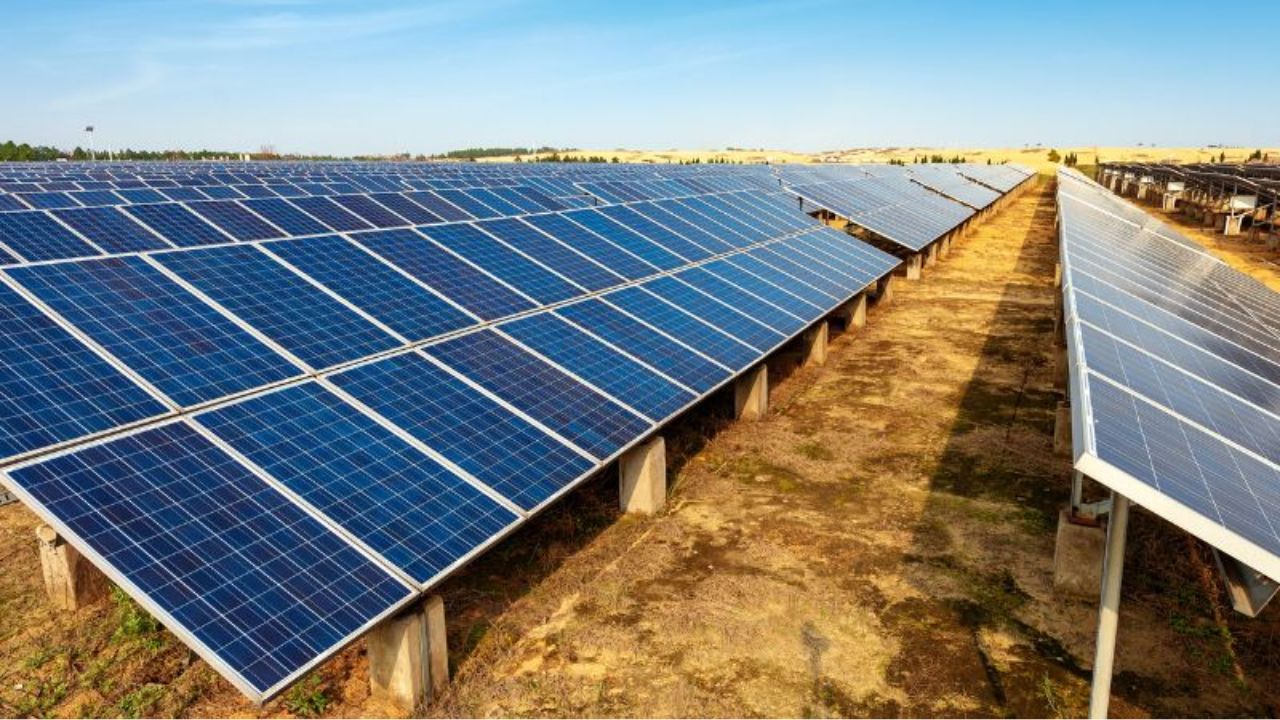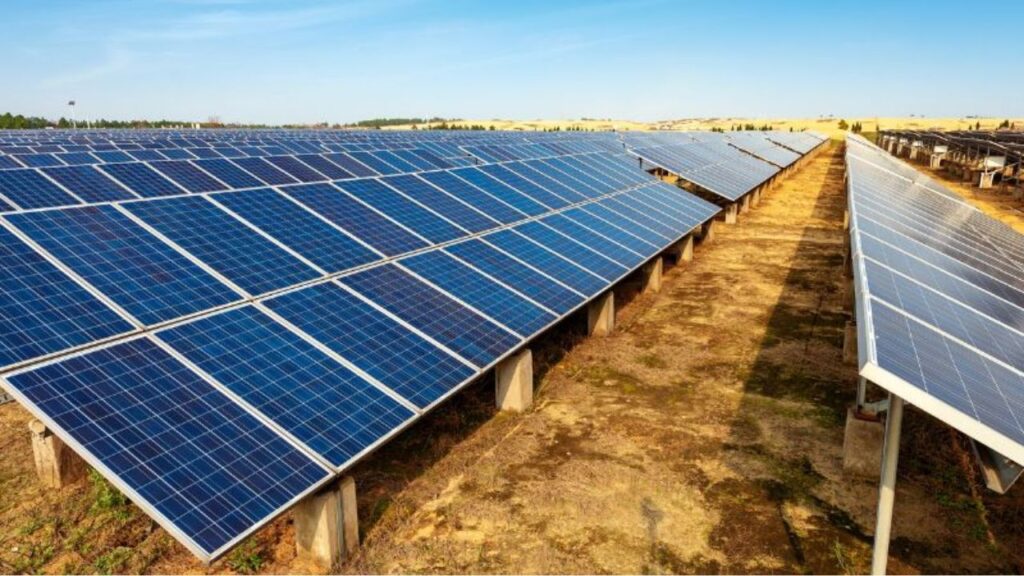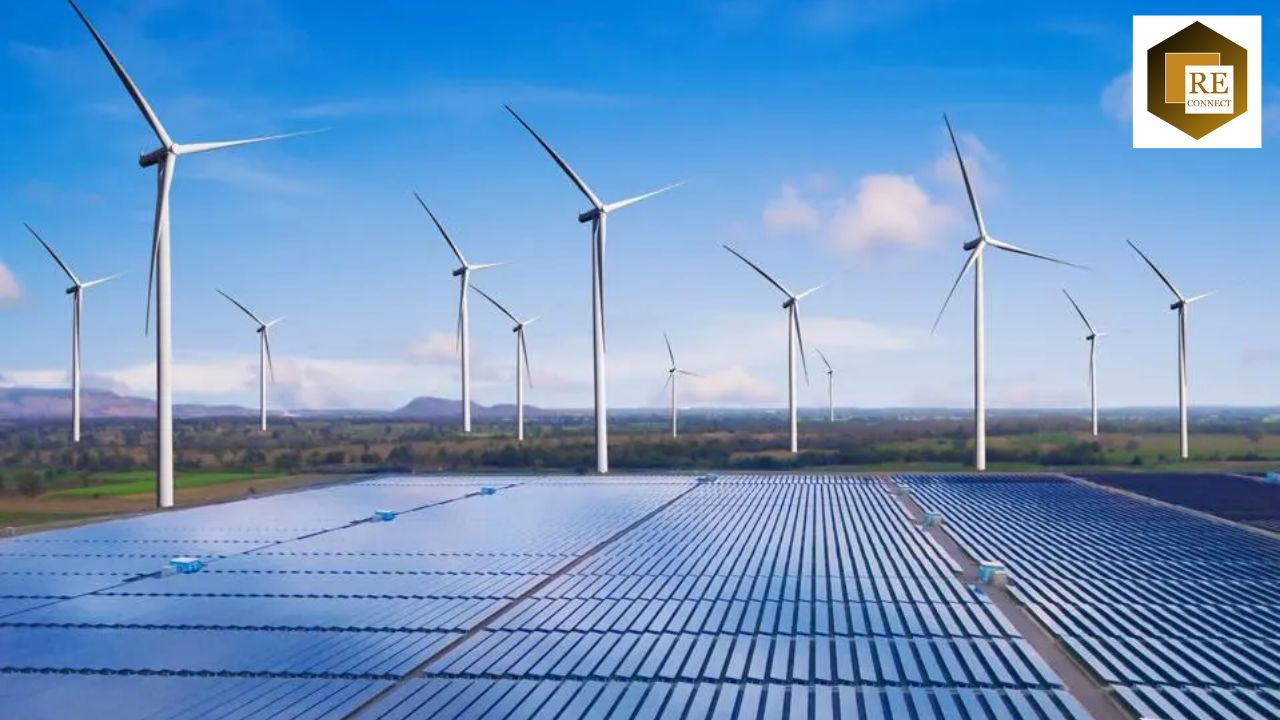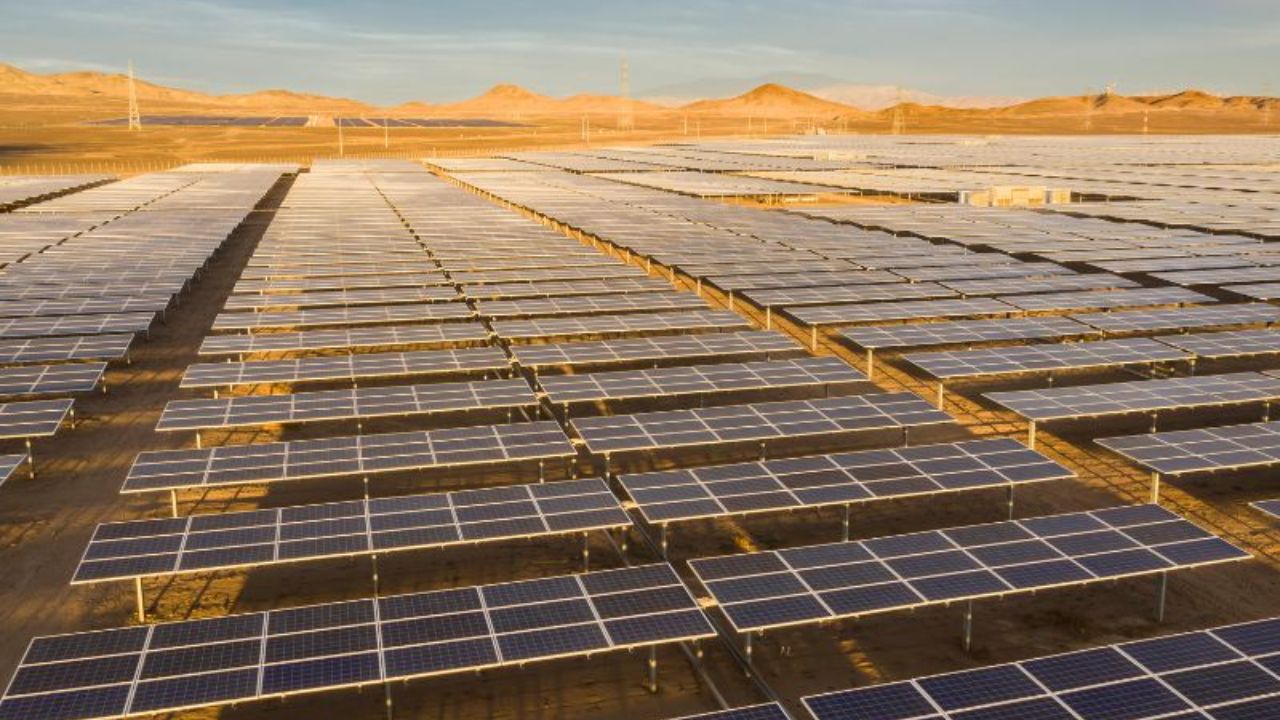
In the dynamic landscape of India’s power sector, 2023 witnessed an impressive influx of approximately 91 GW in renewable energy project tenders, surpassing the government’s FY24 target of 50 GW. Despite this substantial growth, the actual implementation of projects struggled to keep pace with soaring demand. The country’s commitment to a green transition, aiming for 500 GW of renewable energy capacity by 2030, faced hurdles, compounded by the government’s proposal to add 80 GW of new thermal power capacity during the same period.

The power sector experienced a remarkable 9% growth in demand from January to November, with peak power demand hitting a historic 240 GW in September. However, the accolades for this global performance were overshadowed by the sluggish pace of project awards and the tepid initiation of energy storage capacities crucial for uninterrupted renewable power generation.
A report from Bridge to India, shared with NDTV Profit, highlighted the absence of new impetus or increased demand for renewable power from distribution companies. The sector faces uncertainty, especially with the government’s reluctance to commit to tripling renewable capacity at COP28, signaling potential challenges ahead.
As of November 2023, India’s total installed renewable energy capacity reached 136 GW, excluding hydropower, accounting for 42.1% of the total installed power capacity. However, the gap between tendered projects (91 GW) and the auctioned/allotted projects (13 GW) added to concerns about effective capacity utilization.
Renewable projects, particularly wind and solar, exhibited a maximum capacity utilization of 20–22%, compared to 70–80% for thermal power projects. This discrepancy results from the intermittent nature of wind and solar power generation, necessitating the development of storage capacities for consistent power output.
The shift in buyer preference towards less intermittent and more reliable renewable energy output led to an increase in hybrid and storage-based tenders. Vanilla solar and wind tenders constituted only 51% of renewable energy tenders in 2023, with the remaining capacity dedicated to wind-solar hybrids, renewable energy combined with energy storage systems (ESS), standalone ESS, and pump hydro storage (PHS).
The challenges facing the industry include a lack of demand from distribution companies due to high variability risks, reluctance towards storage solutions due to cost concerns, and delays in retrofitting coal-based power plants to enhance flexibility. Despite innovations in tender designs and a surge in tender issuance, only 6.3 GW of storage-based capacity has been allocated out of the 25 GW issued.
The upcoming year is expected to witness a surge in project execution, driven by low module prices. However, concerns persist regarding policy emphasis on new thermal power and the sluggish uptake of essential storage capacity, crucial for supporting variable renewable power.
While challenges such as delays in net-metering and subsidy-related procedures, interventions by state electricity distribution companies, and supply chain disruptions persist, rising consumer awareness about solar energy benefits and the introduction of a new rooftop solar subsidy scheme by the Indian government in July 2022 have contributed to market growth.
In summary, 2023 showcased remarkable achievements in renewable energy tenders, but addressing challenges in project execution, storage capacity adoption, and policy focus remains critical for India’s ambitious renewable energy targets.







1 comment on “2023 Renewable Energy Review: Surge in Tenders, but Lagging Project Execution”